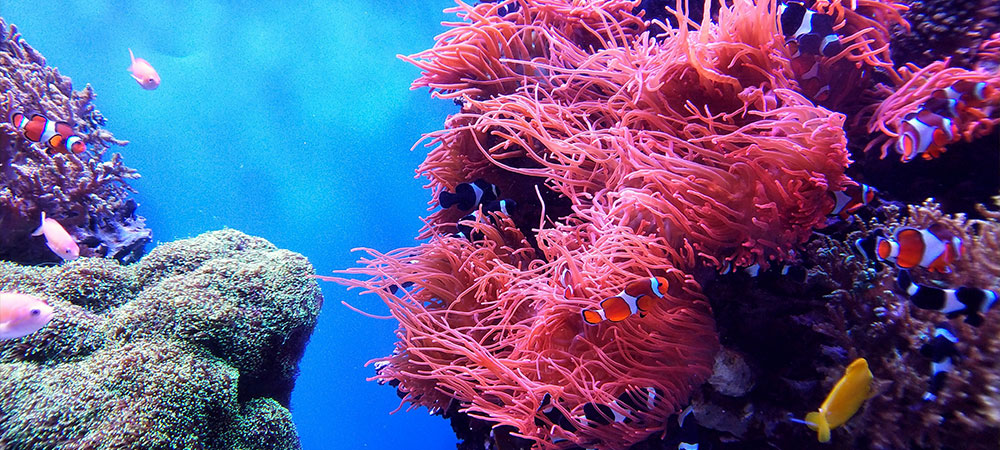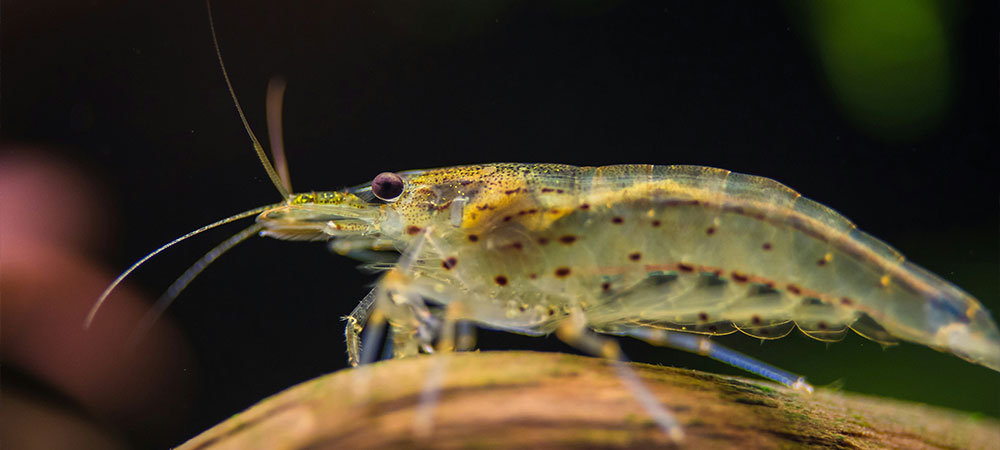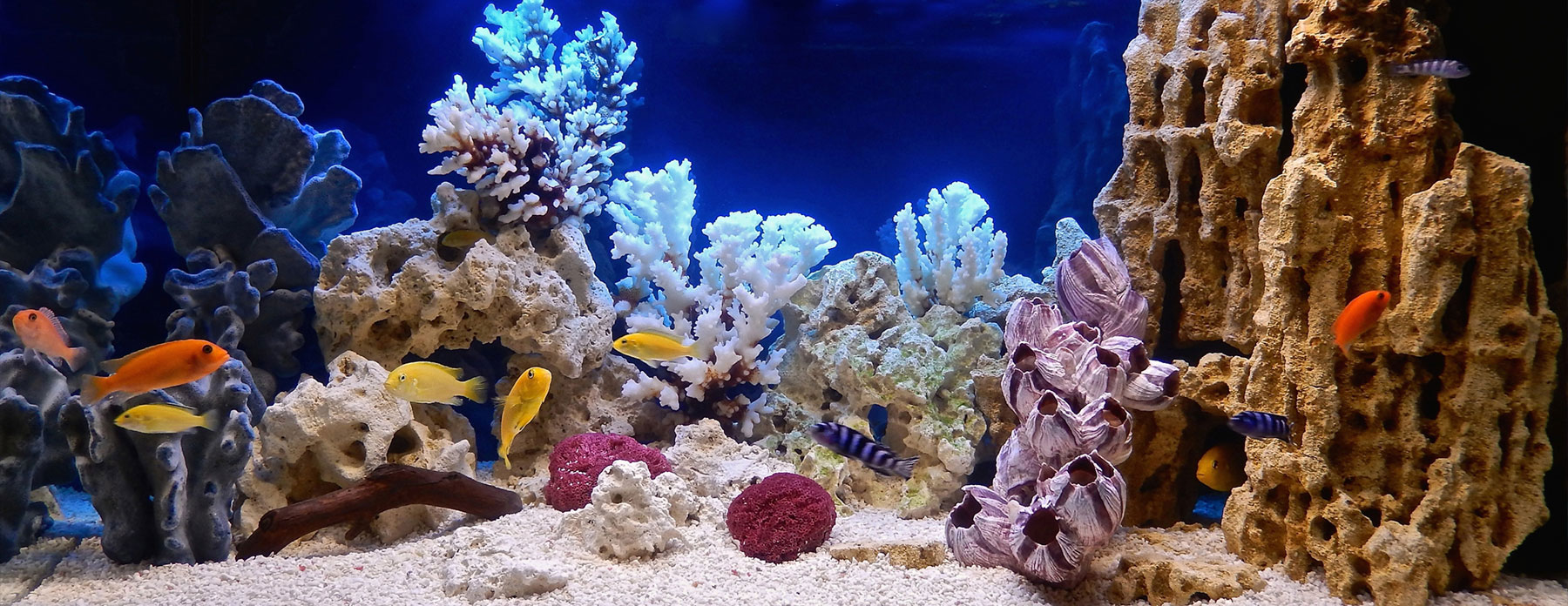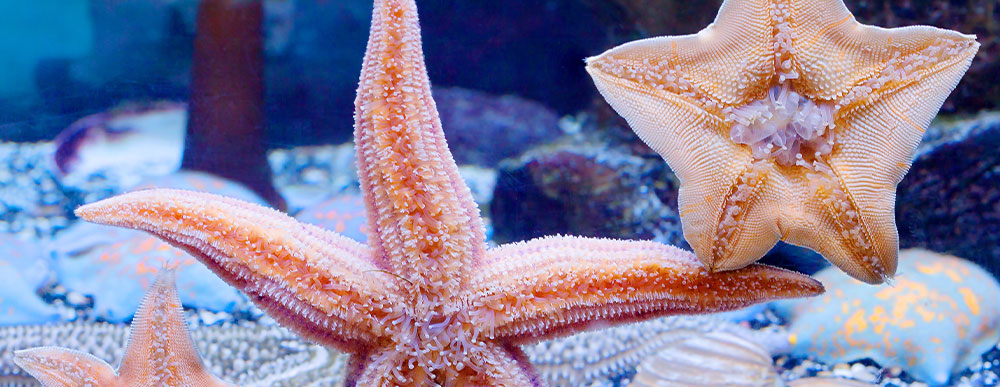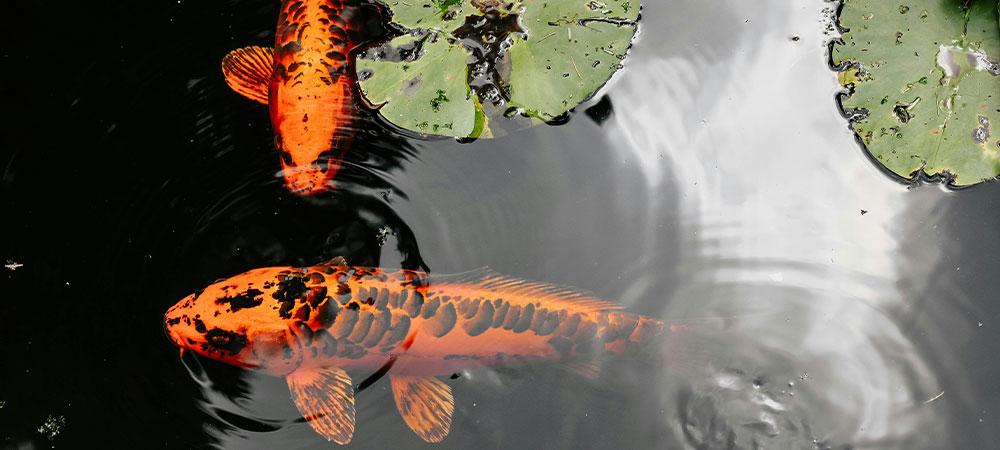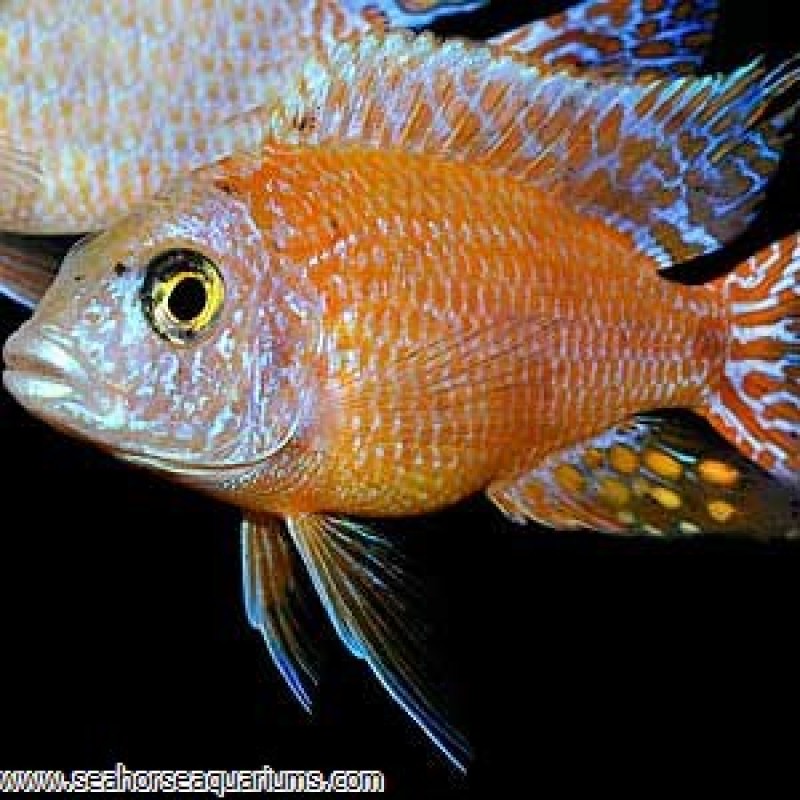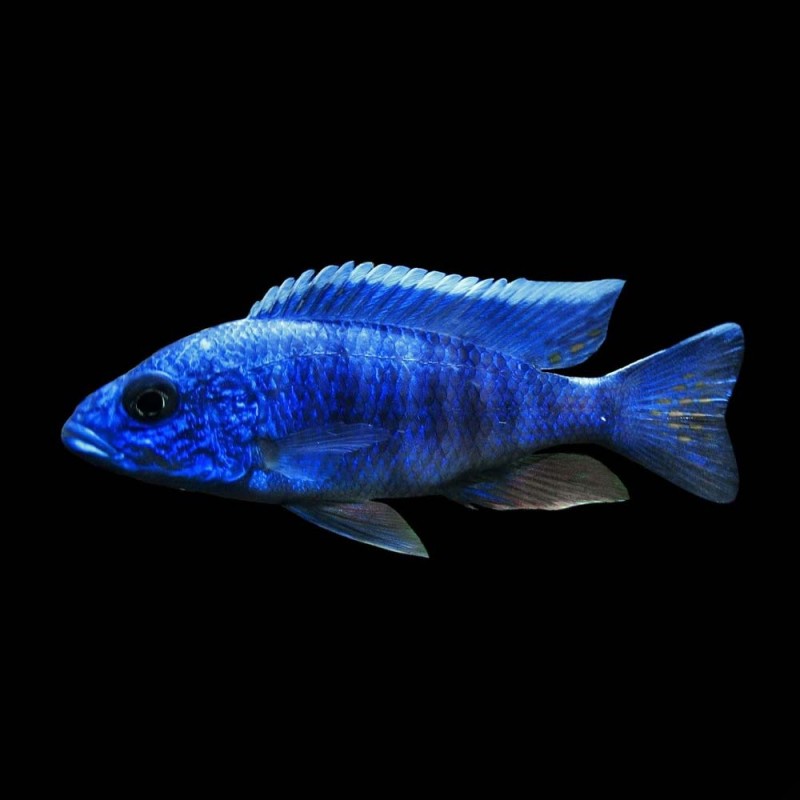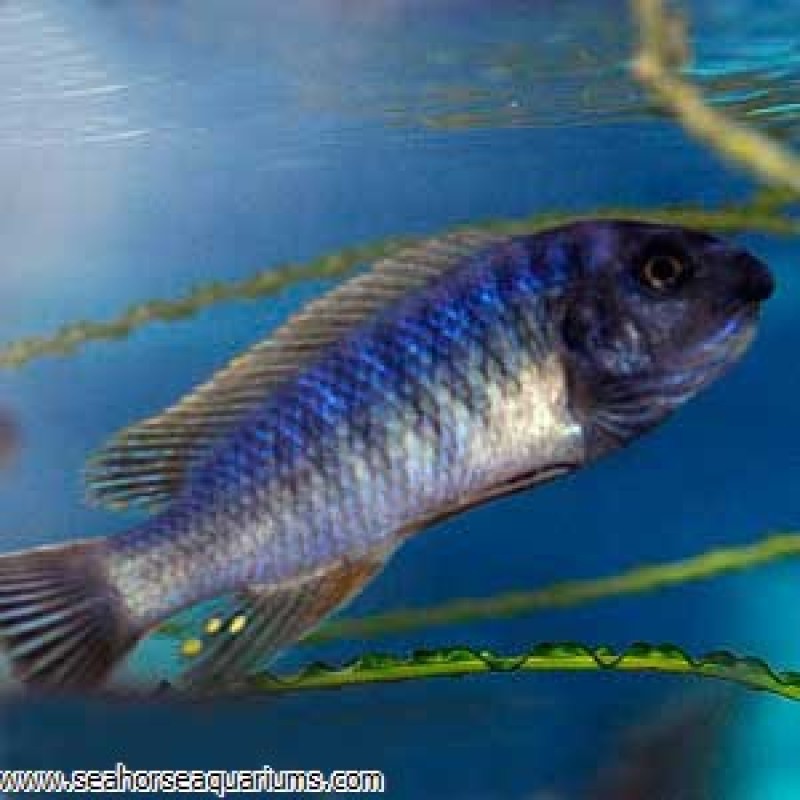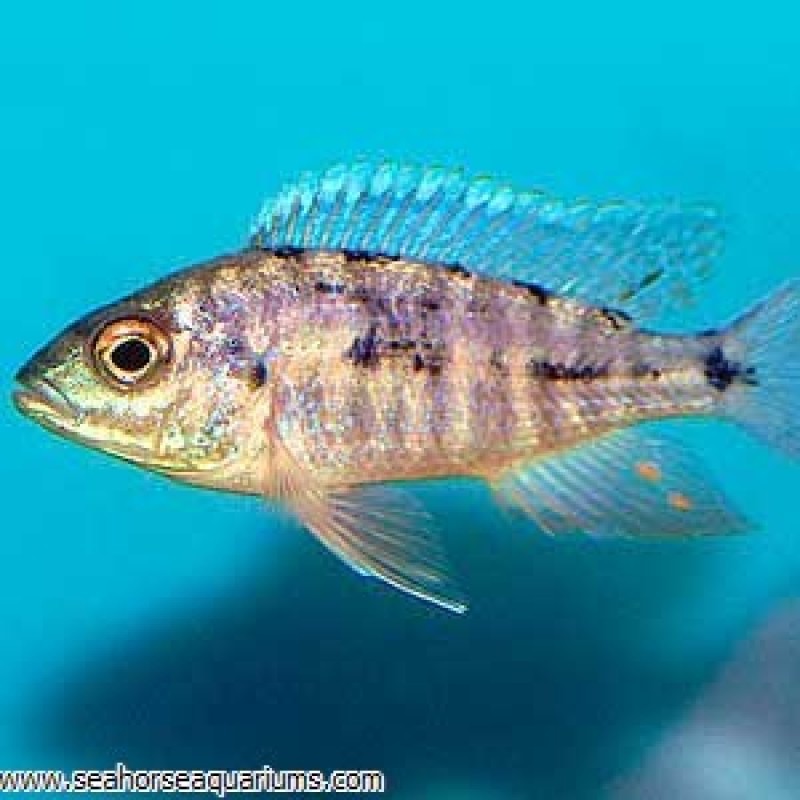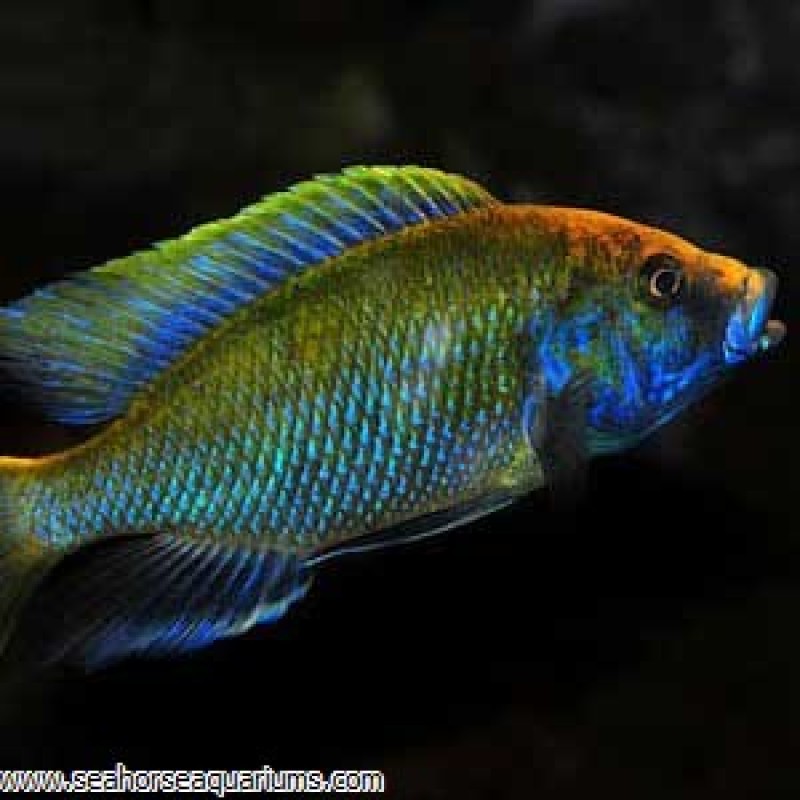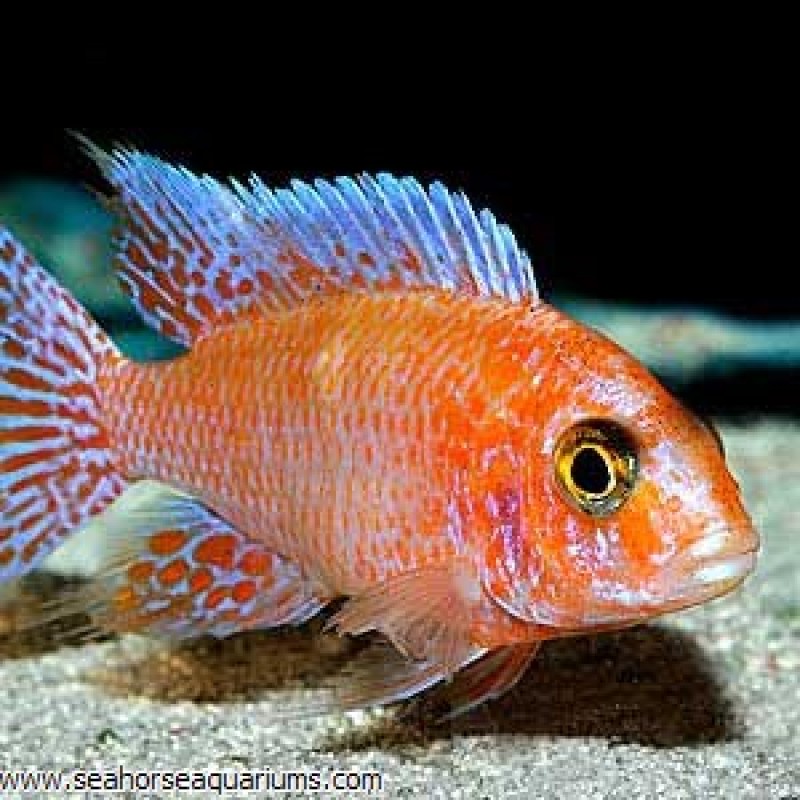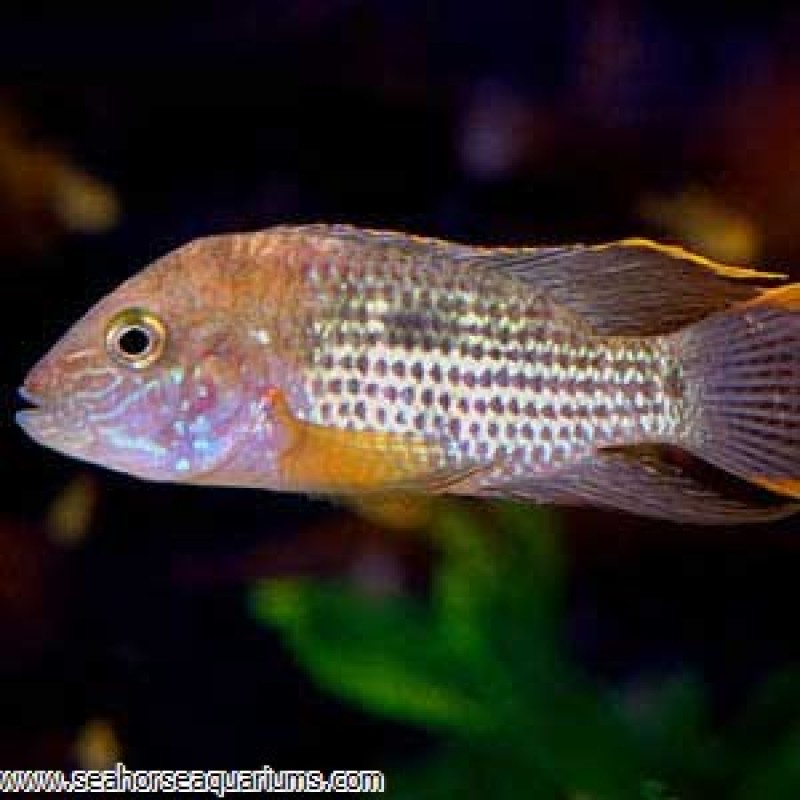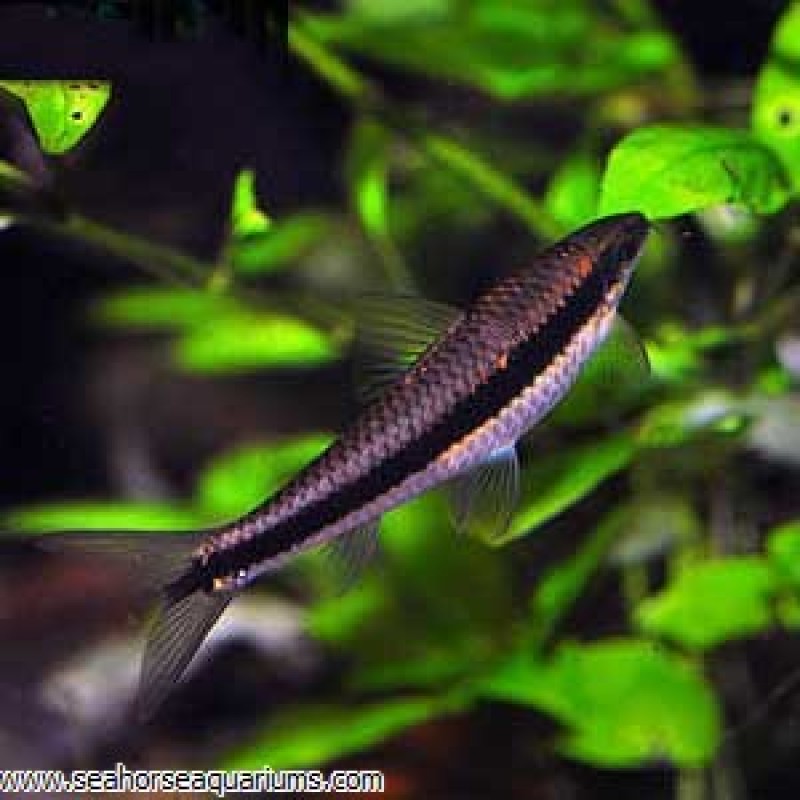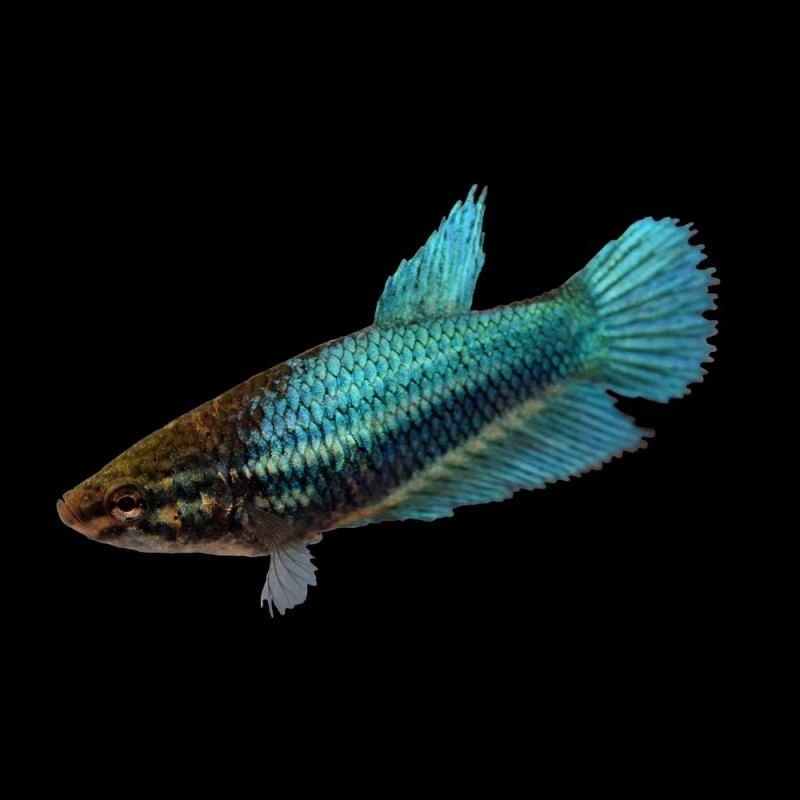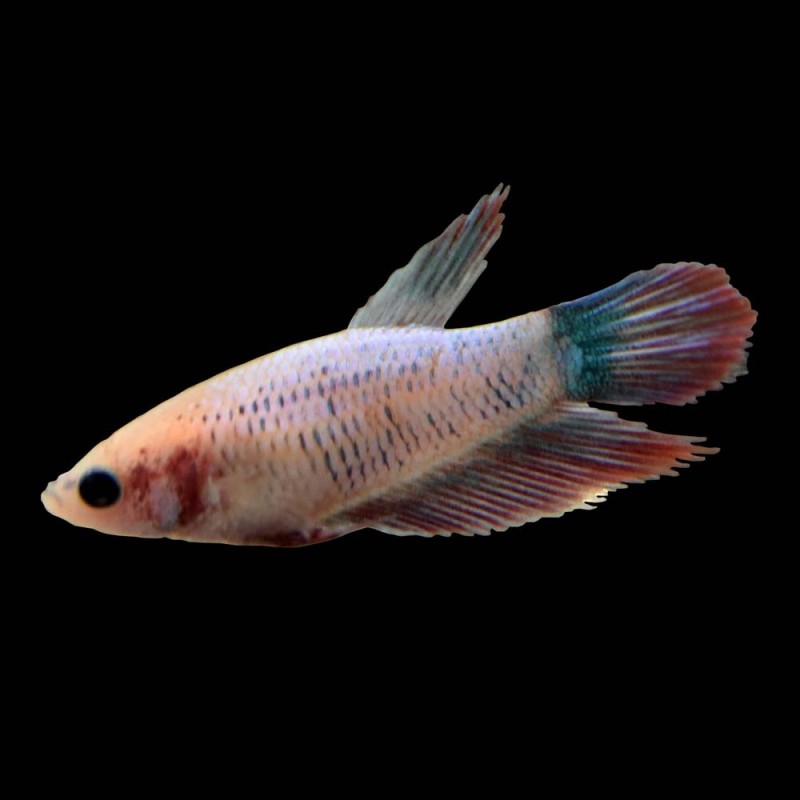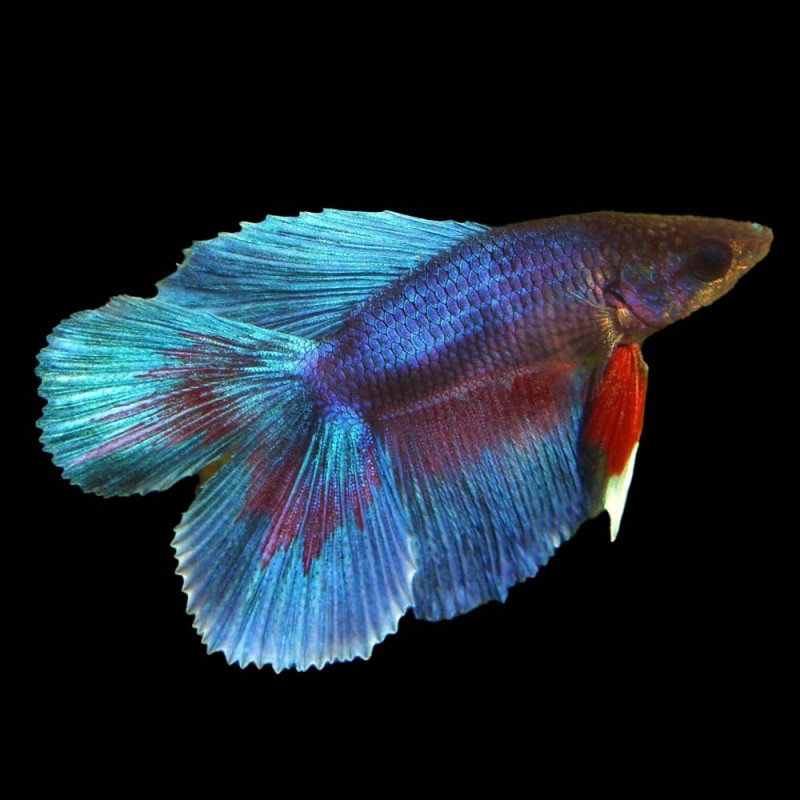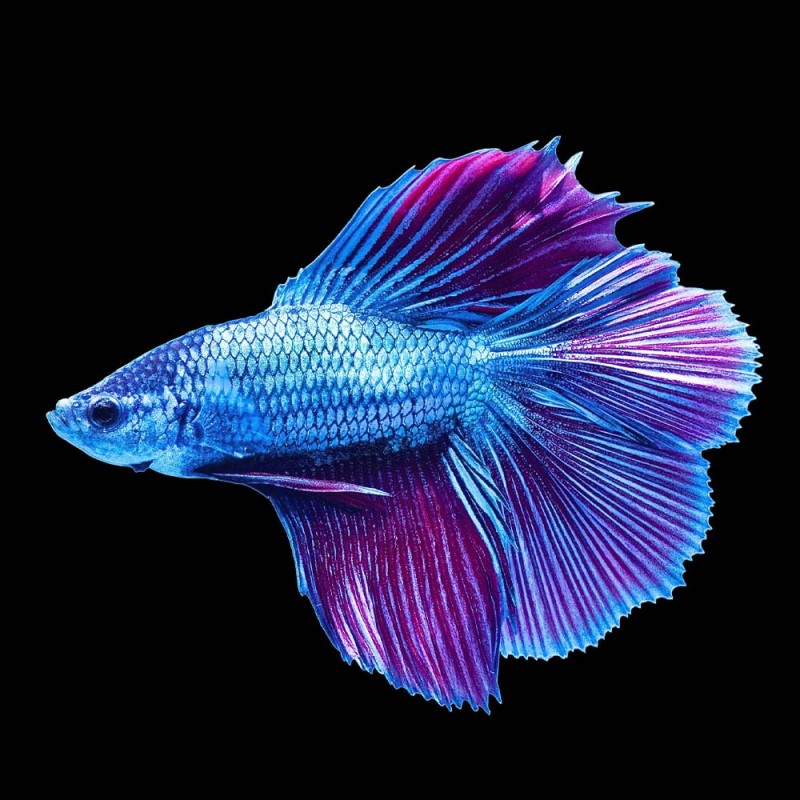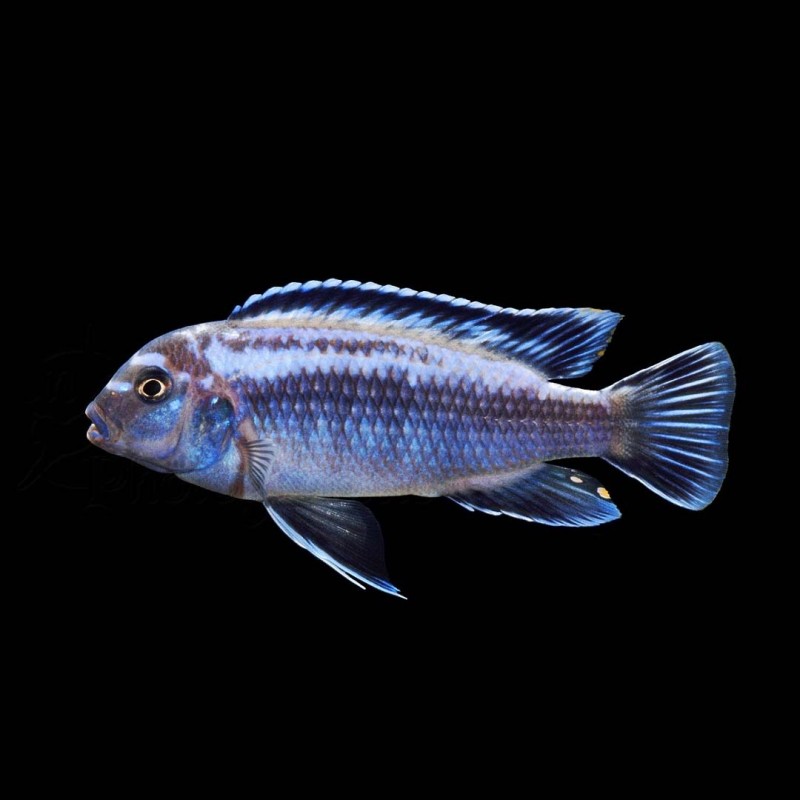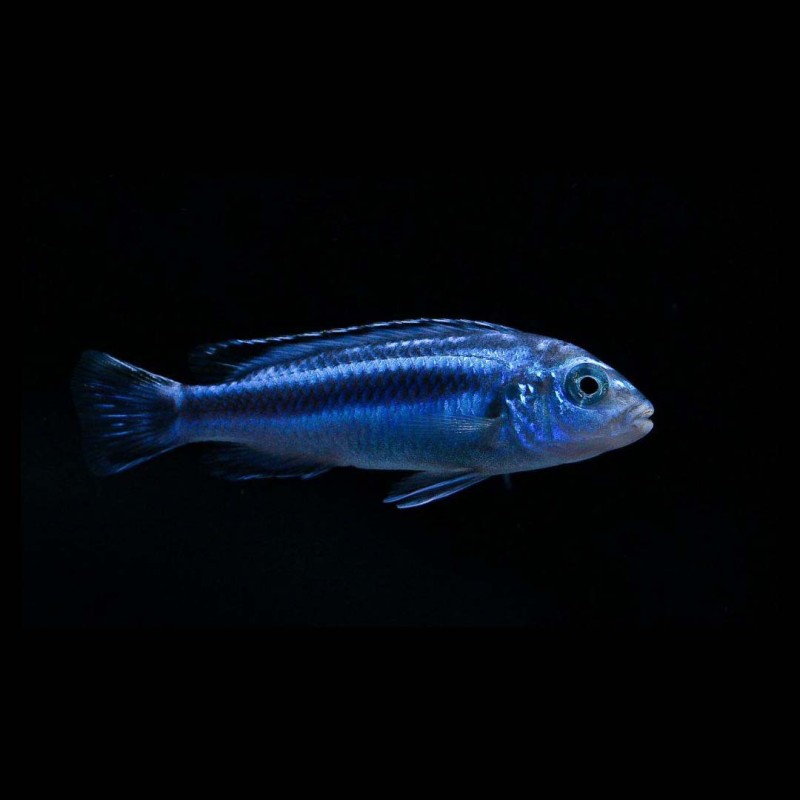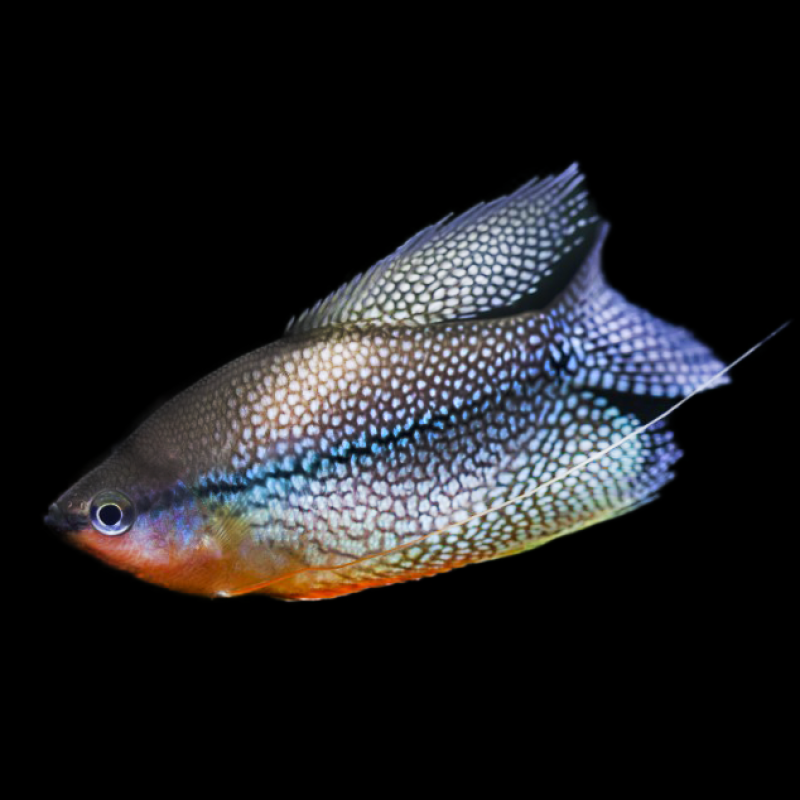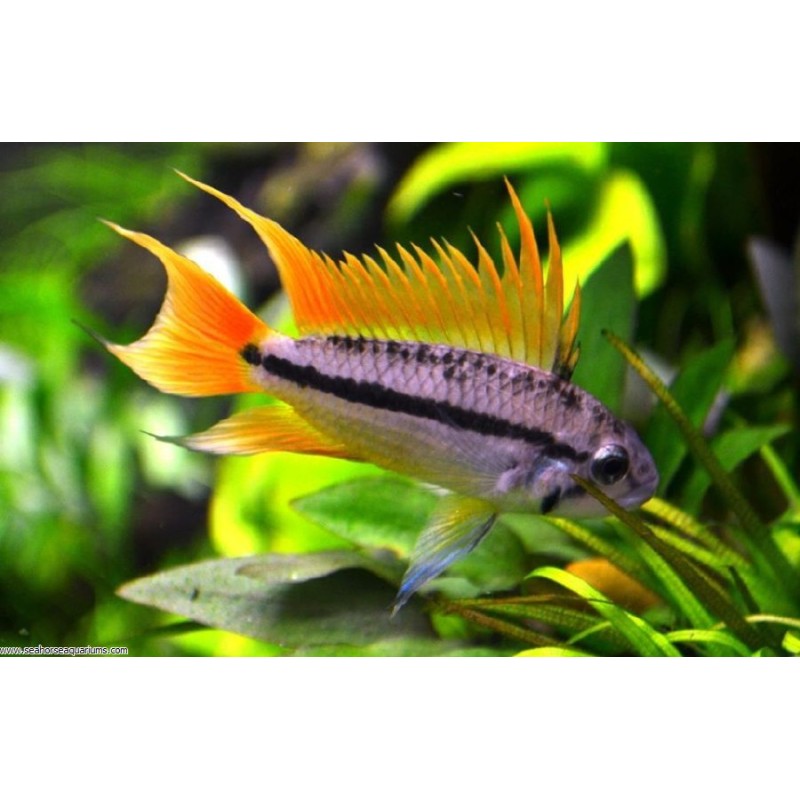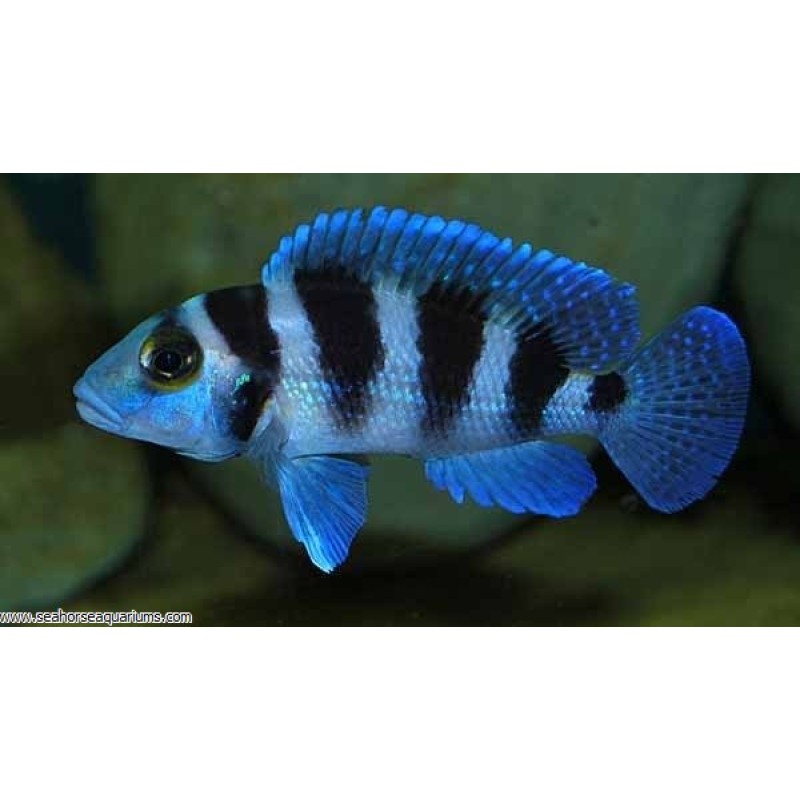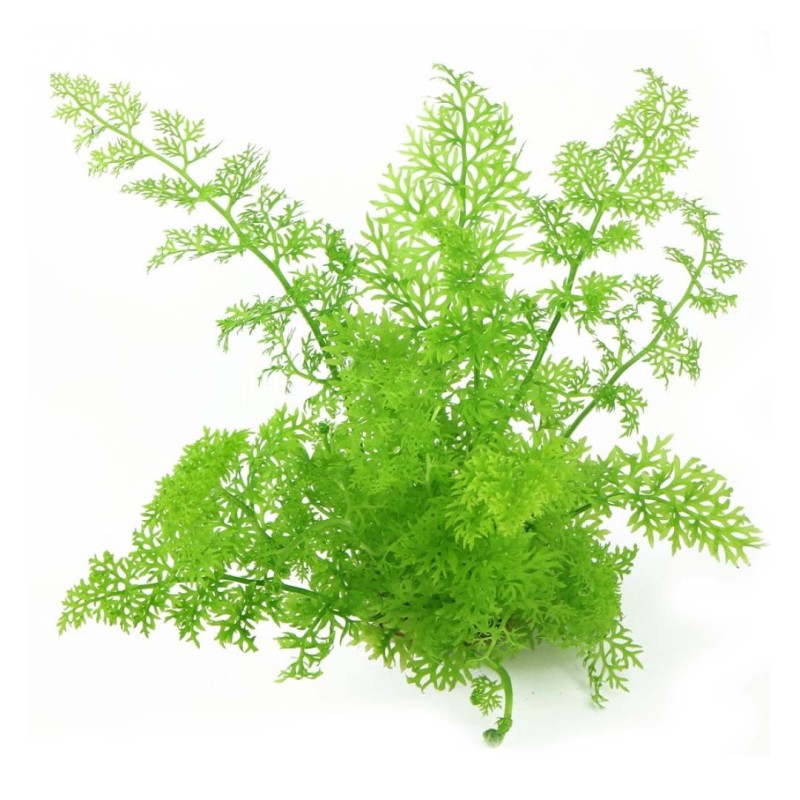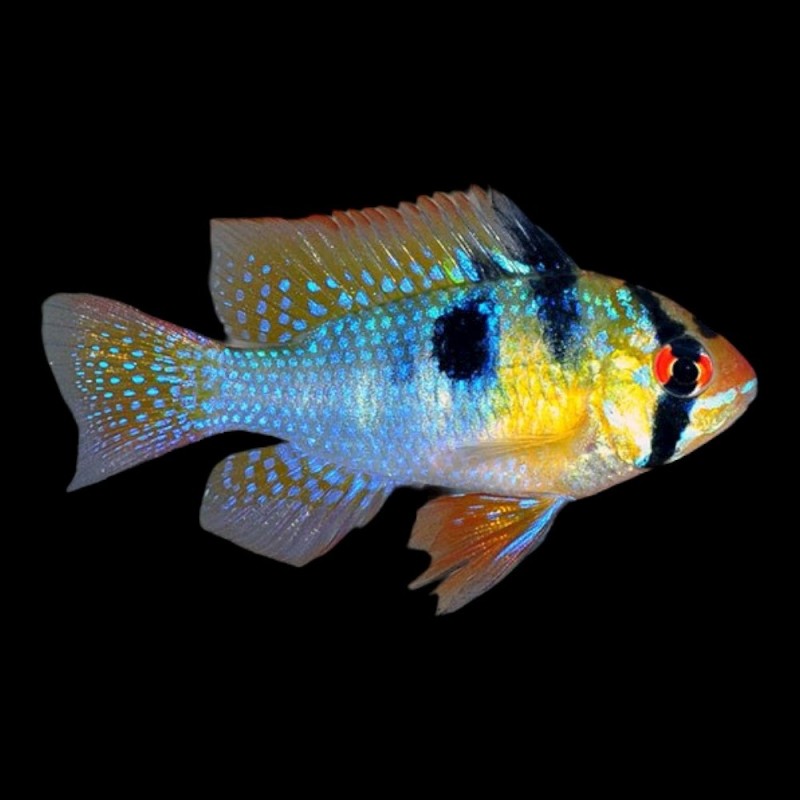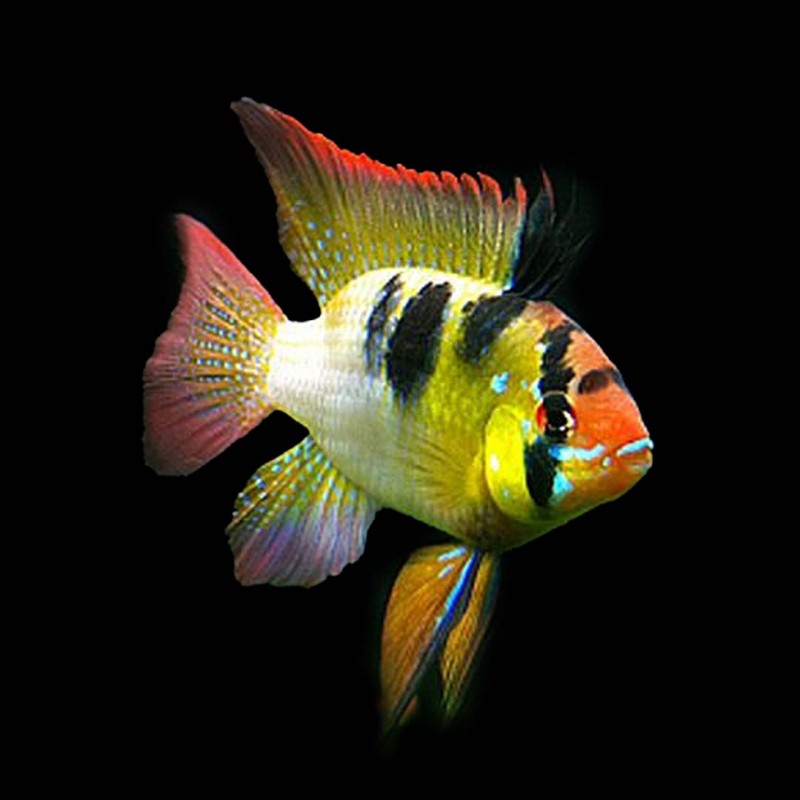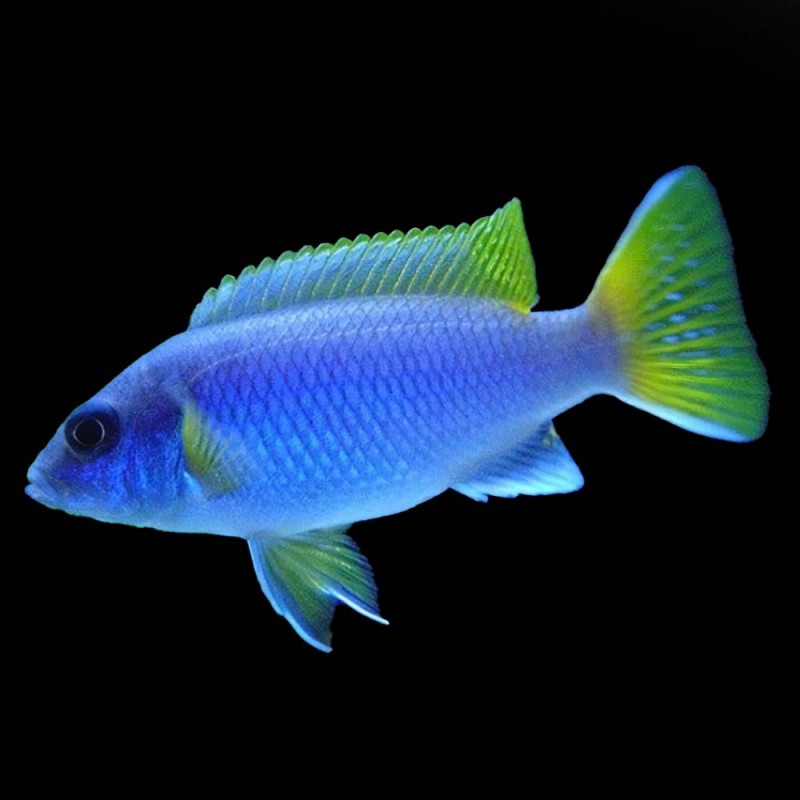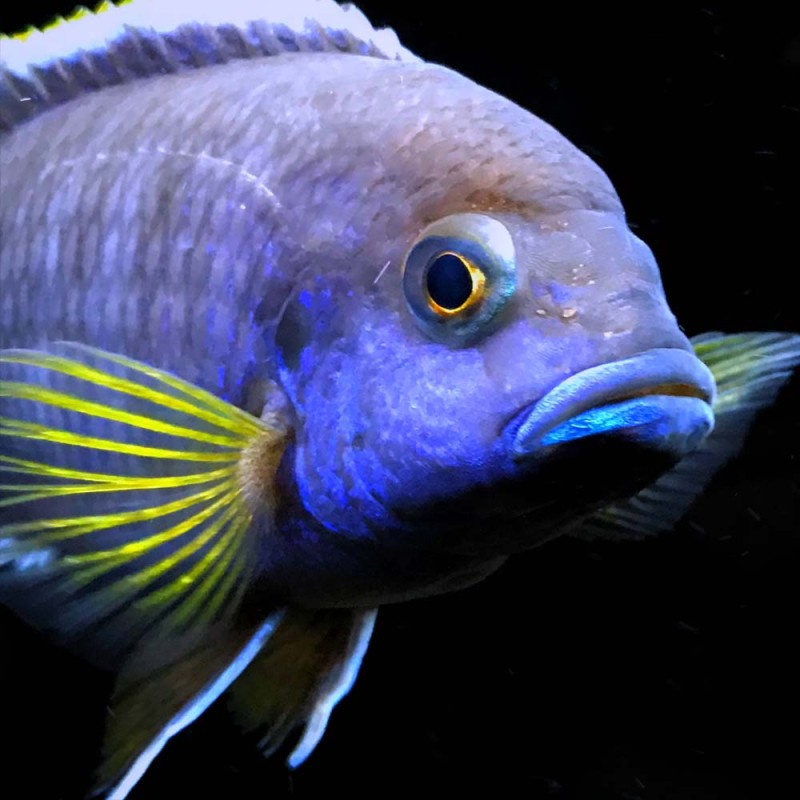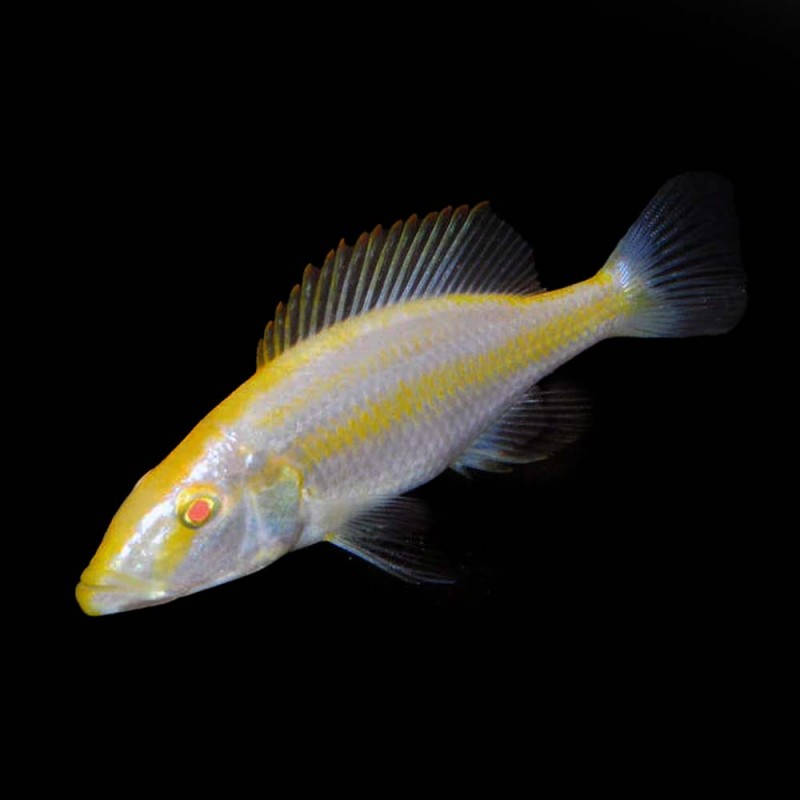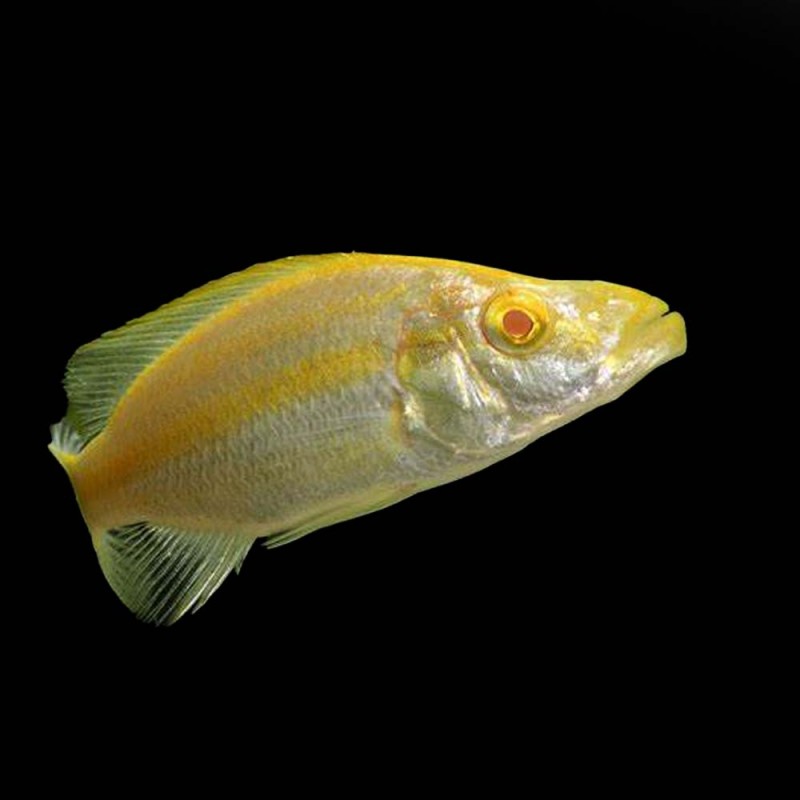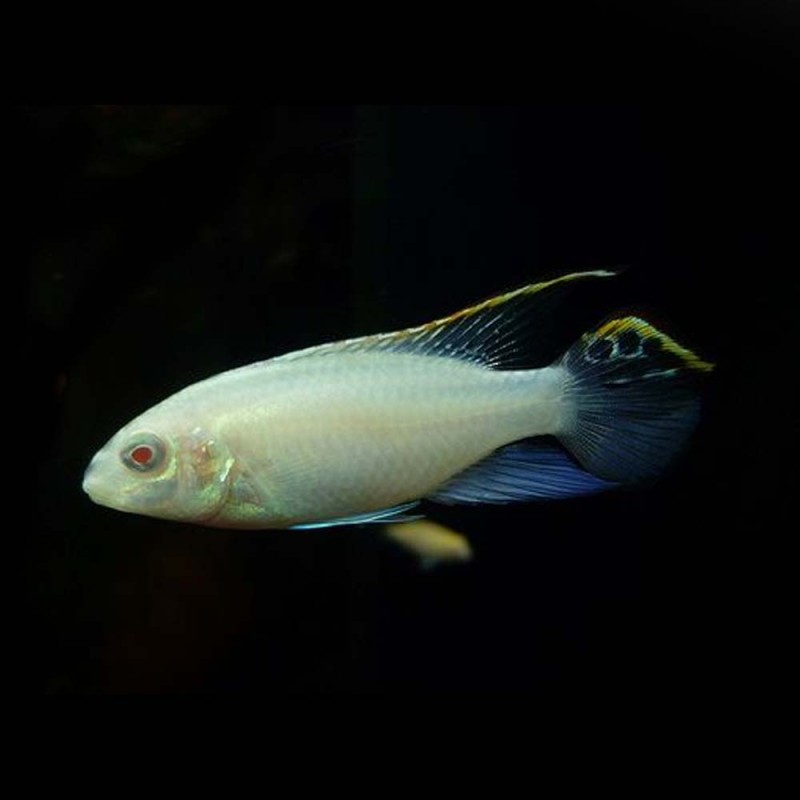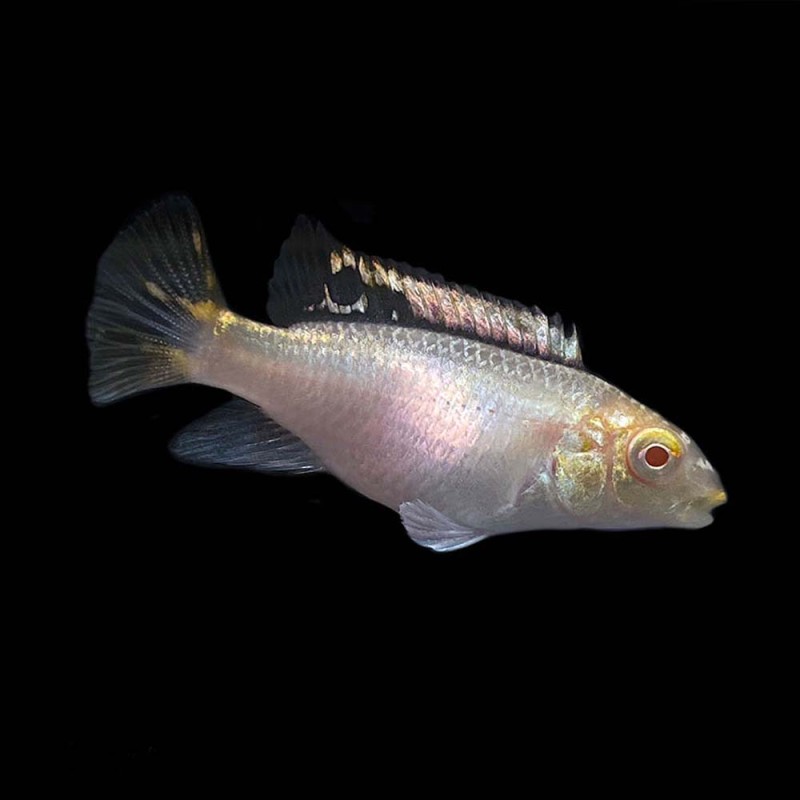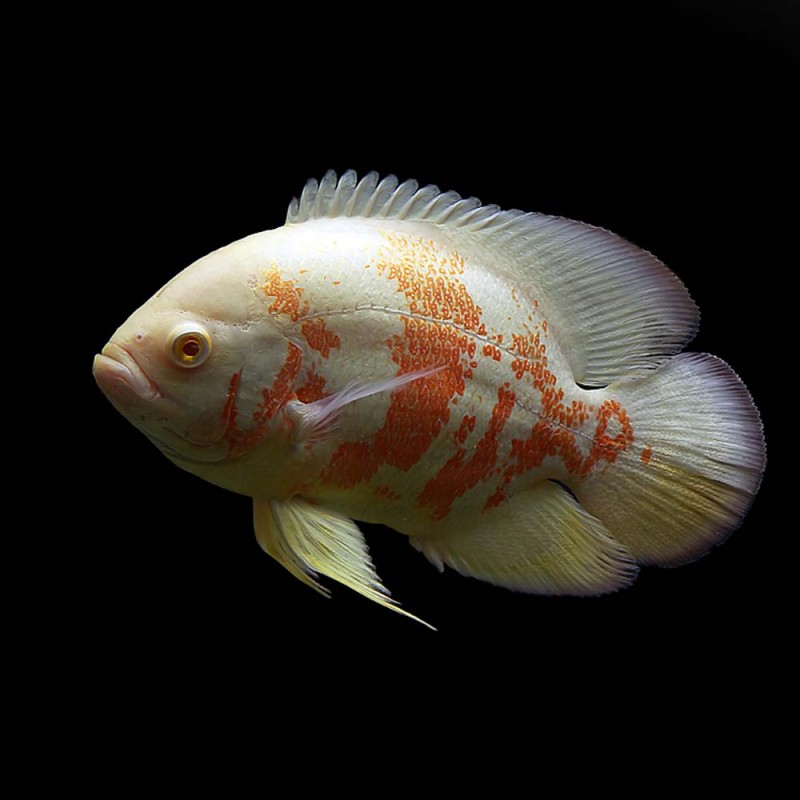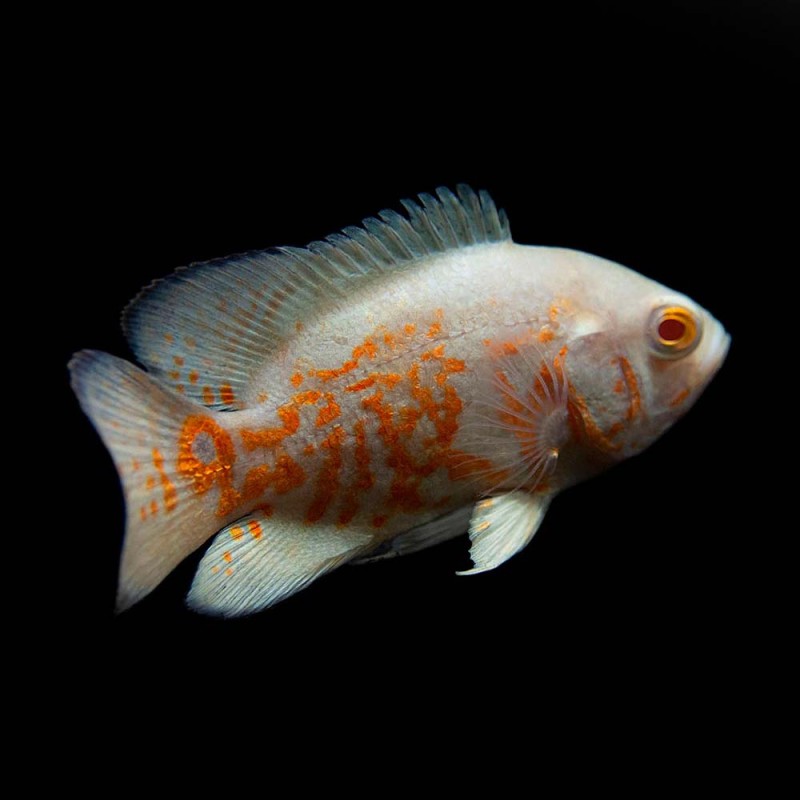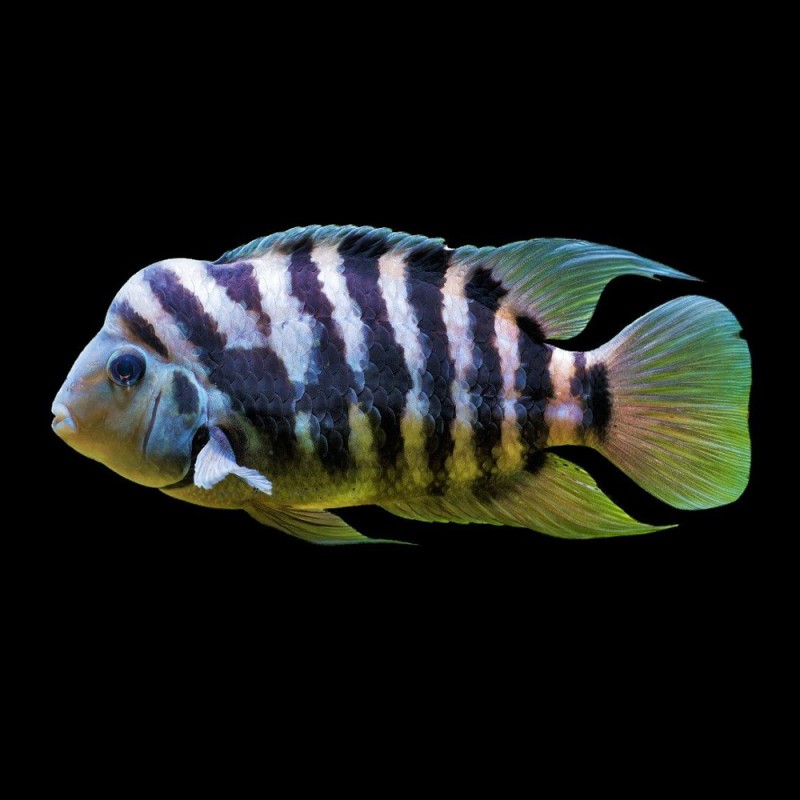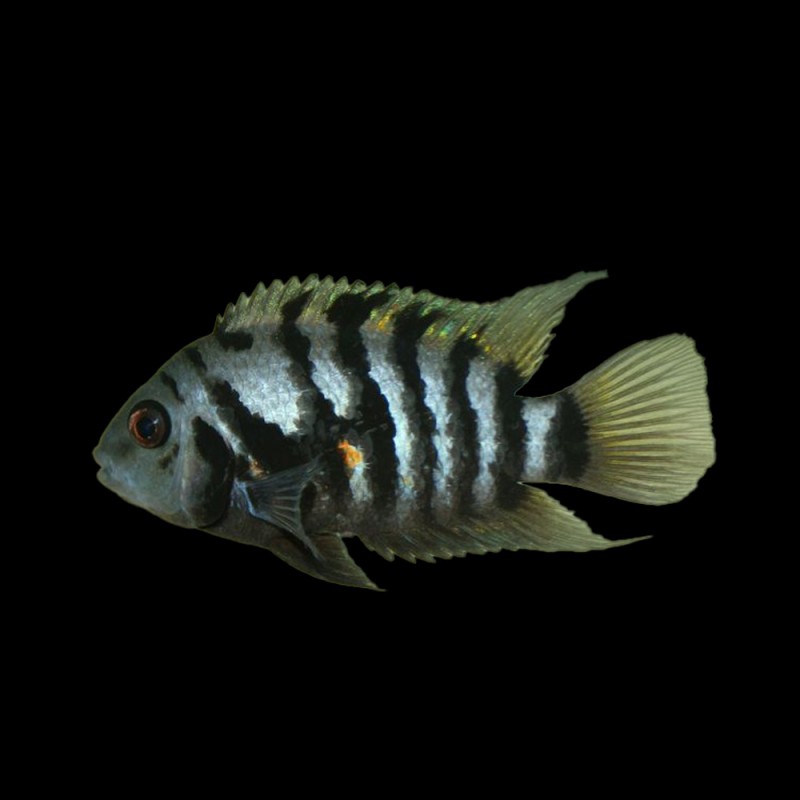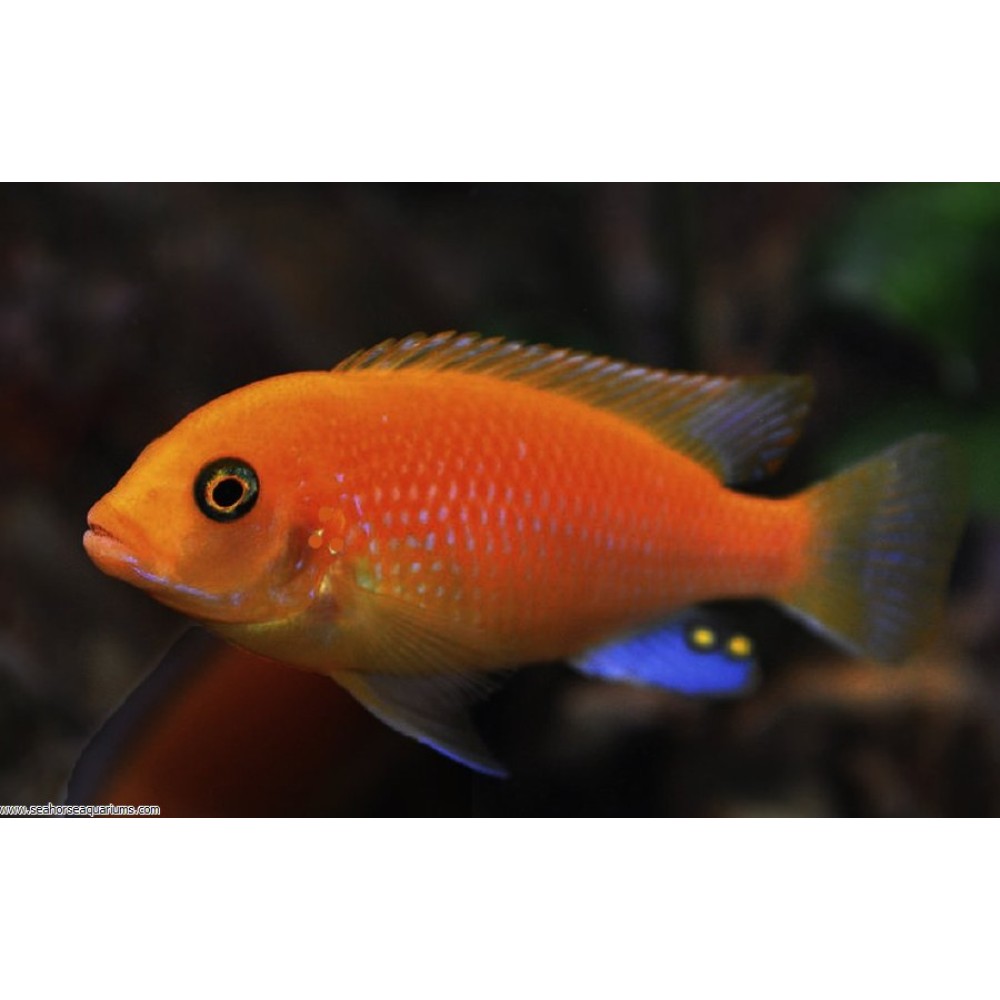
- Stock: Call To Order
- Model: -
- EAN: 5065004038065
Arrive Alive
If your fish, coral, plant, or invertebrate doesn't arrive alive and stay alive for 2 days, we'll credit your account or refund your money.
The Red Zebra African Cichlid, Metriaclima estherae, is known by a plethora of other names, often based on color.
The Red Zebra, although appearing more of a yellow color, is often a brilliant red in the wild. It does not have notable stripes like other varieties of this genus and species.
Metriaclima estherae is a Mbuna Cichlid, and is also called the Zebra Cichlid, Tilapia Zebra, and the False Zebra Mbuna.
A bully by nature, without plenty of room, pyramids, rocks and crevasses to establish territory, Red Zebra will torment other tank mates.
Most members of the mouth brooding variety of African Cichlids are easily bred while in the aquarium if given the proper tank set-up and excellent water conditions.
Matriarchal in family structure, the female first lays up to 60 eggs, which she then scoops into her mouth where they are fertilized.
The fry remain in the females mouth for 12 to 18 days before being released. A small group of 5 to 7 females and one male provide the best opportunity for breeding.
Omnivorous, the Red Zebra will enjoy all manner of flaked foods, live foods, algae, lettuce, spinach, and duckweed in its diet.
| File Name | Size | Link |
|---|---|---|
| 16 How to care for African Malawi Cichlids.pdf (Total downloads: 2847) | 222.89KiB | Download |
